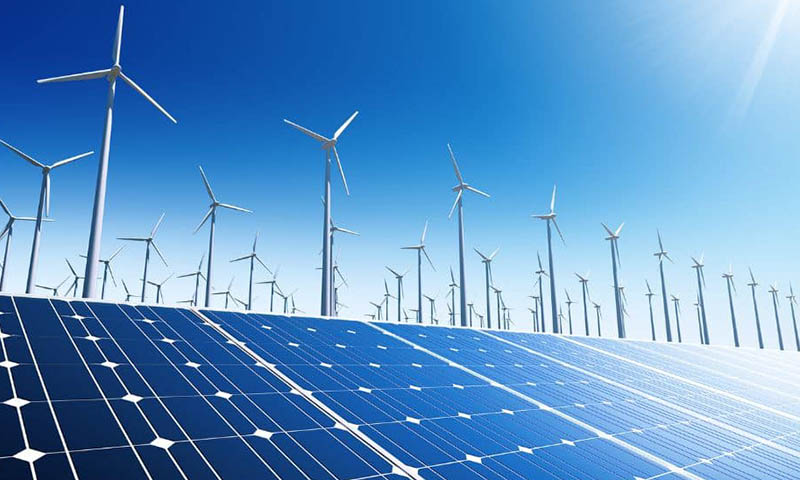Report by Engineering Post
The energy sector of Pakistan has overcome the prolonged demand – supply challenge through proper planning and implementation of a large number of power generation projects.
However, the power generation was not yet fully commensurate with the transmission and distribution capacity of the energy power system. Consequently, the federal government was accordingly prioritizing transmission and distribution projects for achieving the Sustainable Development Goal 7 of affordable and sustainable energy for all. Similarly, it has also been planned to increase the share of indigenous resources like domestic coal , renewable and hydropower resources in the overall power generation mix, under least cost criteria, to reduce reliance on imported fuels.
The public sector investments accordingly lay due emphasis on strengthening the power transmission and distribution network in accordance with the Transmission System Expansion Plan (TSEP). The development of distribution sector was following the approved strategic roadmaps as mandated by National Electric Policy 2021.
According to the available facts and figures, the national grid was injected with additional capacity of 2378 MW during last financial year and a further addition of 1728 MW was planned to be witnessed in NTDC/CPPA-G during outgoing financial year and hopefully this planned target for additional power generation capacity will hopefully be achieved by end June 2024. Likewise, the transmission infrastructure structure was also planned t o be strengthened by addition of 3750 MVA and 6900 MVA capacity on 500 KV and 220 KV network respectively . The distribution sector was also being boosted with a capacity of 4199 MVA on 132 KV voltage level by end June 2024 besides planned 6985 villages electrification during the same period.
It may be mentioned here that gas supply to the number of Special Economic Zones (SEZs) in different parts of the country was completed during the last financial year 2022-23 . The completion of gas supply schemes was quite obviously facilitating industrial development in the respective SEZs quite appreciably.






